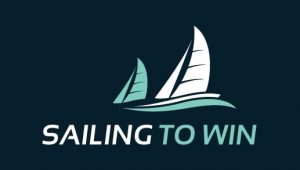Sailing To Win, the location where competing sailors go to learn to be faster and more competitive. Having a winning mindset is essential to moving up in the rankings of sailing.
For information on how to get a winning mindset from some of the brightest stars in the business, go to our BLOG section.

